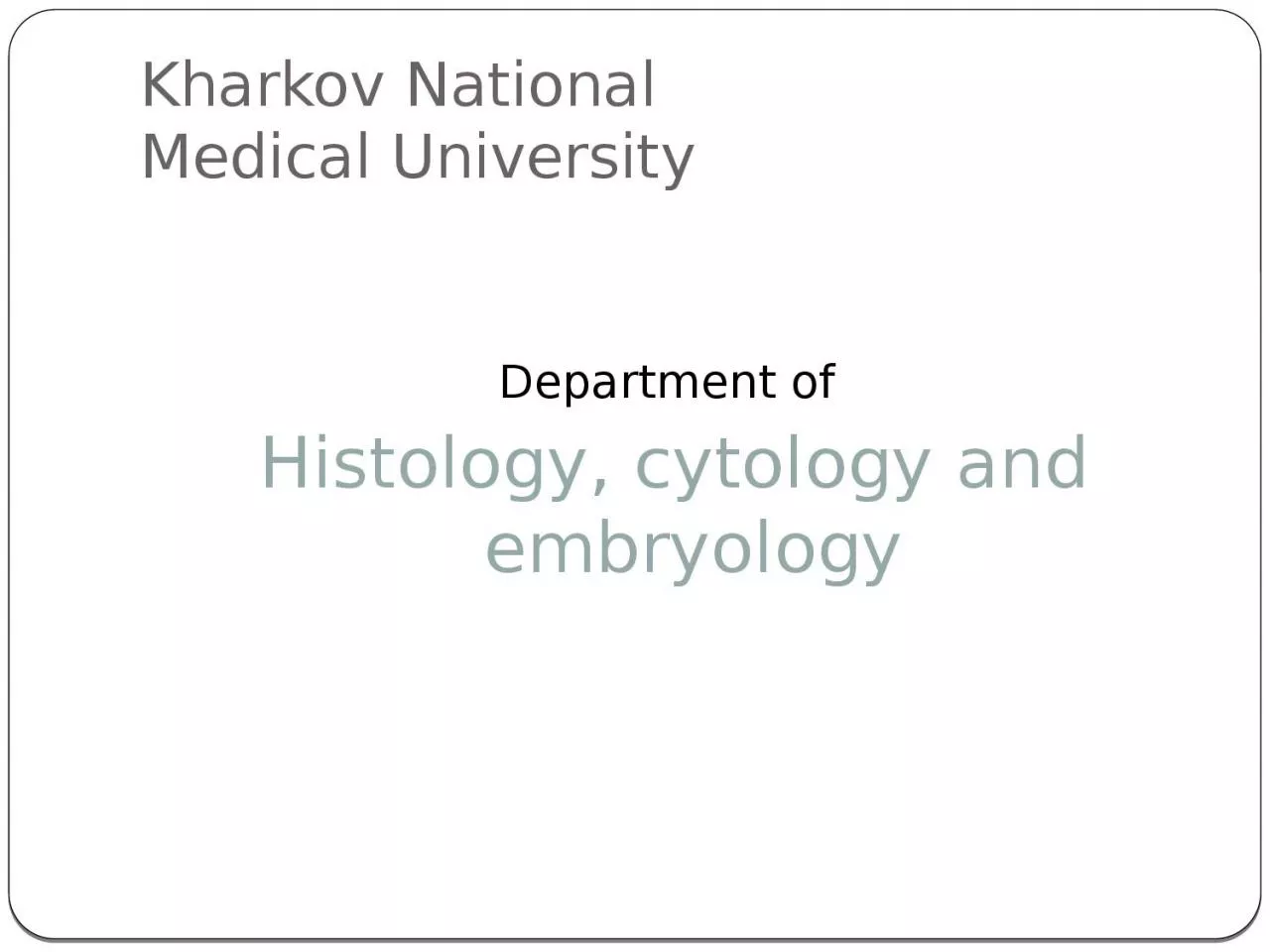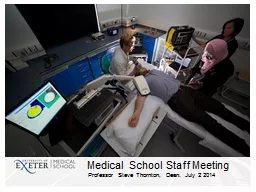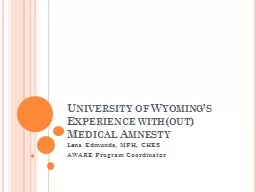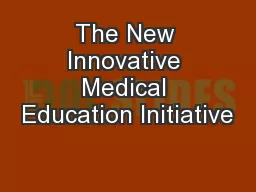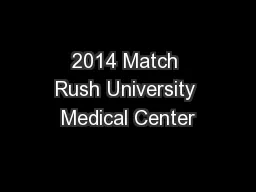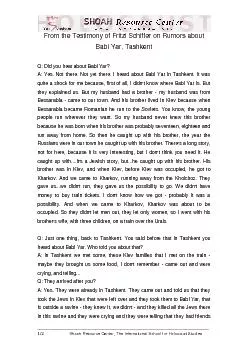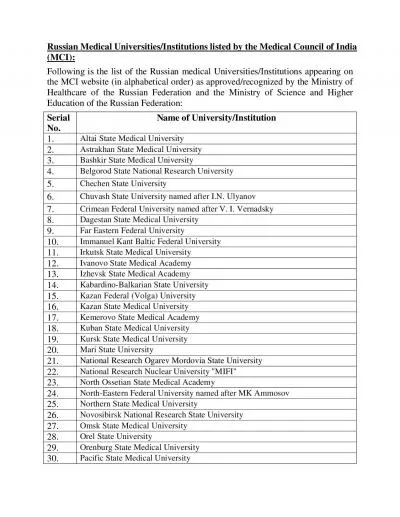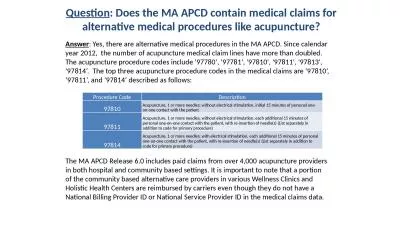PPT-Kharkov National Medical University
Author : SparkleQueen | Published Date : 2022-08-03
Department of Histology cytology and embryology GENERAL HISTOLOGY Study of Tissues Epithelia and Glands MUSCLE The Tissue is The group of similar cells having
Presentation Embed Code
Download Presentation
Download Presentation The PPT/PDF document "Kharkov National Medical University" is the property of its rightful owner. Permission is granted to download and print the materials on this website for personal, non-commercial use only, and to display it on your personal computer provided you do not modify the materials and that you retain all copyright notices contained in the materials. By downloading content from our website, you accept the terms of this agreement.
Kharkov National Medical University: Transcript
Download Rules Of Document
"Kharkov National Medical University"The content belongs to its owner. You may download and print it for personal use, without modification, and keep all copyright notices. By downloading, you agree to these terms.
Related Documents

